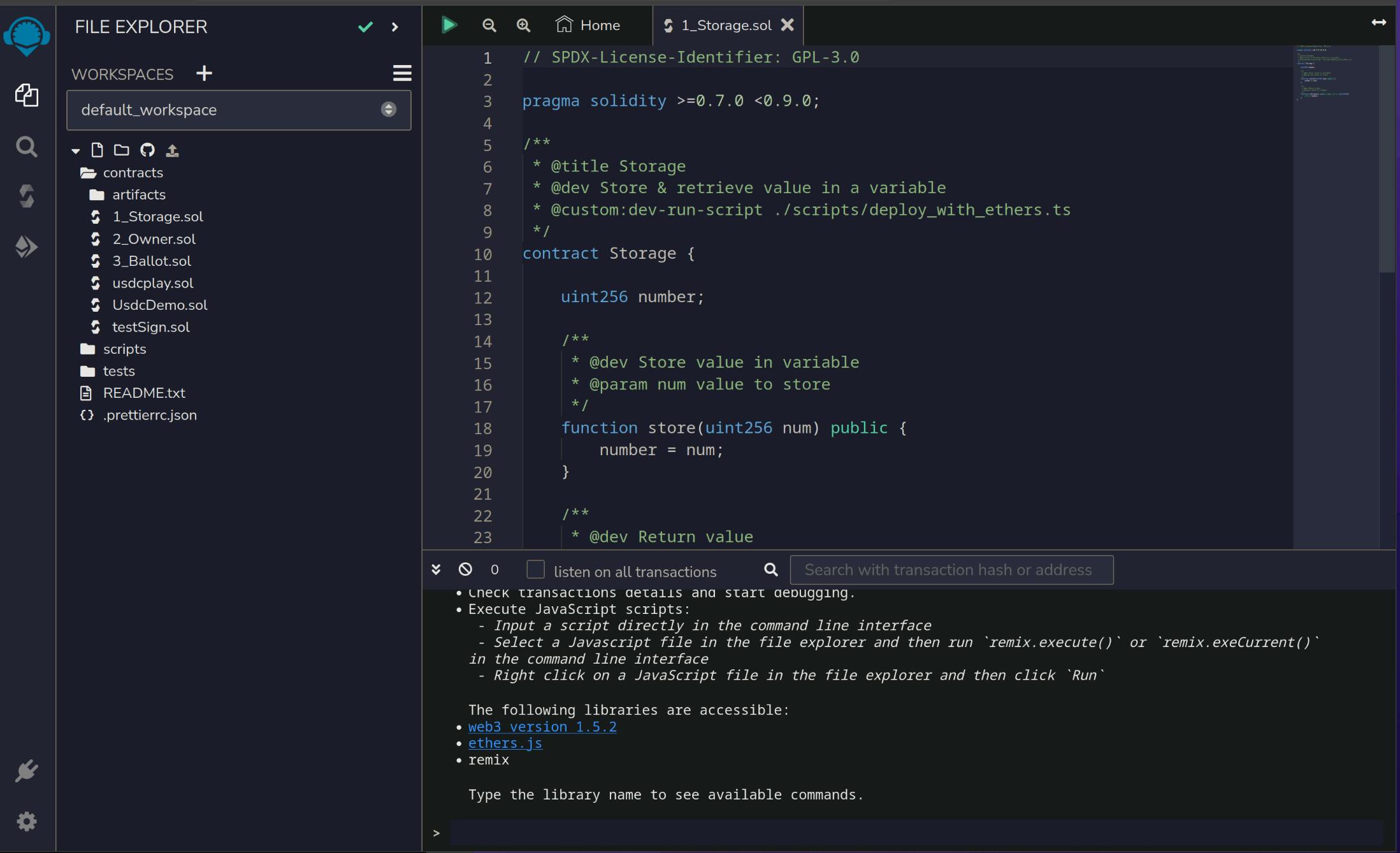Getting Started with Solidity - Part 1
A Comprehensive Guide to Smart Contract Development
Introduction
Solidity is a contract-oriented, high-level programming language that is used for developing smart contracts on the Ethereum blockchain. Solidity enables developers to create decentralized applications (dApps) that run on a distributed network, ensuring immutability and transparency. With its simple syntax and robust features, Solidity is an ideal choice for developers who are looking to build secure, decentralized applications.
The Basics
The first step is understanding the Basics of Smart Contracts Before diving into Solidity, it's essential to have a basic understanding of smart contracts. A smart contract is a self-executing program that runs on the blockchain and automatically enforces the terms of an agreement. They can be used to facilitate, verify, and enforce the negotiation or performance of a contract.
For example, consider a scenario where Alice wants to buy a product from Bob, and Bob wants to be sure that he gets paid before sending the product. In this case, a smart contract can be used to ensure that the payment is only released to Bob after the product has been received by Alice. The contract can be programmed to automatically release the payment to Bob when the product has been received.
Smart contracts are stored on the blockchain, making them transparent and secure. They can be programmed to run automatically, without the need for intermediaries, reducing the costs and the time involved in executing transactions.
Setting up a Development Environment
The next step is to set up a development environment for writing and deploying smart contracts. This can be done by using a local development environment or a cloud-based platform. A popular local development environment is Remix, an online IDE that allows developers to write, test, and deploy Solidity code. Another option is to use a cloud-based platform like Remix and Geth to write, deploy, and run smart contracts.
For this guide, we will be using Remix, which can be accessed through a web browser. Once you have opened Remix, you will see the following screen:

Learning Solidity Syntax and Keywords
Solidity is a statically typed, curly-bracket language, similar to Java or JavaScript. It uses its own syntax and keywords, and it is essential to understand them before writing smart contracts. Some of the most important keywords include "pragma", "contract", "function", "event", and "mapping".
Let's take a look at a simple example of a Solidity contract:
pragma solidity ^0.8.0;
contract HelloWorld {
string public message;
function setMessage(string memory _message) public {
message = _message;
}
function getMessage() public view returns (string memory) {
return message;
}
}
This simple contract, called "HelloWorld", stores a message in the message variable and allows you to set and retrieve the message using the setMessage and getMessage functions, respectively. The public keyword indicates that the message variable and the setMessage function are accessible from outside the contract. The view keyword indicates that the getMessage function does not modify the state of the contract.
Writing Your First Smart Contract
Now that you have a basic understanding of smart contracts and Solidity, it's time to write your first smart contract. A common use case for smart contracts is to create a token system, which can represent anything from a currency to a reward point system. In this section, we will be creating a simple token contract.
pragma solidity ^0.8.0;
contract Token {
string public name;
string public symbol;
uint8 public decimals;
uint256 public totalSupply;
mapping (address => uint256) public balanceOf;
constructor(string memory _name, string memory _symbol, uint8 _decimals, uint256 _totalSupply) public {
name = _name;
symbol = _symbol;
decimals = _decimals;
totalSupply = _totalSupply;
balanceOf[msg.sender] = totalSupply;
}
function transfer(address _to, uint256 _value) public {
require(balanceOf[msg.sender] >= _value && balanceOf[_to] + _value >= balanceOf[_to]);
balanceOf[msg.sender] -= _value;
balanceOf[_to] += _value;
}
}
This contract, called "Token", allows you to create a token with a specified name, symbol, decimal points, and total supply. The balanceOf mapping tracks the balance of each address, and the transfer function allows you to transfer tokens from one address to another. The require statement ensures that the sender has enough balance to transfer the specified value and that the recipient's balance will not overflow.
Deploying and Testing Your Smart Contract
Once you have written your smart contract, it's time to deploy and test it. You can use Remix's "Run" tab to deploy your contract and interact with it. You can also use Remix's "Debugger" to step through your code and view the changes in state.
To deploy your contract, go to the "Run" tab in Remix, select the environment you want to use, and click the "Create" button. Once your contract is deployed, you can interact with it by calling its functions and viewing its state.
In conclusion, Solidity is a powerful and versatile language that enables developers to create secure and transparent decentralized applications. With its simple syntax and robust features, it is an ideal choice for developers who are looking to build decentralized applications on the Ethereum blockchain. By following this comprehensive guide, you should have a good understanding of how to get started with Solidity and how to write, deploy, and test smart contracts.

